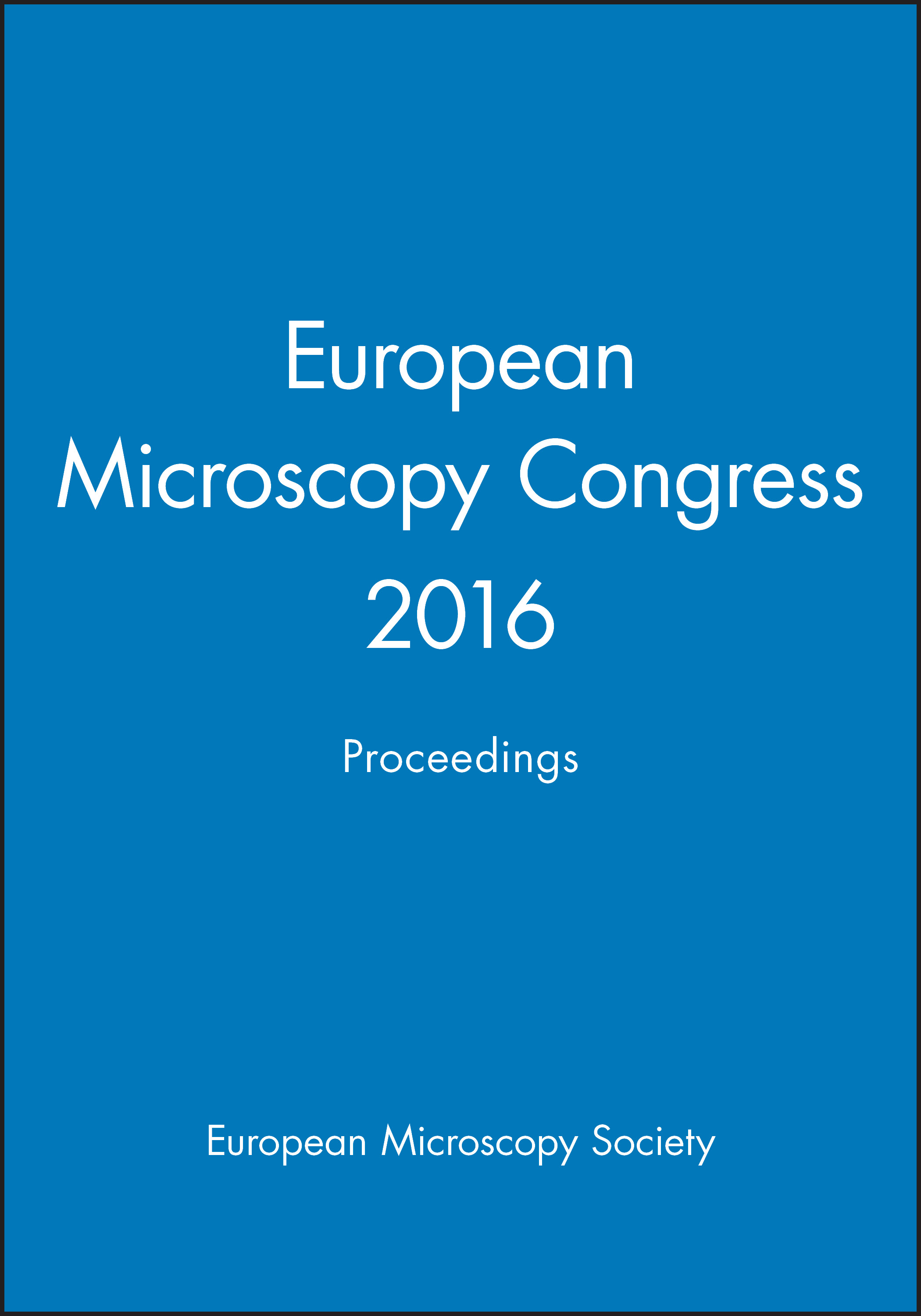Cell surface properties of probiotic Escherichia coli strains
Abstract
Background. Beneficial effects of probiotic Nissle 1917 on the host health have been shown in a range of investigations(1). During our previous studies the positive effects of E. coli 2-1 on human and animals organism have also been described(2), and the liquid-crystal state of cell walls from the E. coli cells was shown by the x-ray diffraction method under the small and large angles (Fig. 1).
Taking into account that solid-liquid interfaces could have a considerable effect on host bacterial physiology(3) we aimed to investigate the cell surface hydrophobicities of probiotic strains E. coli M-17 and E. coli 2-1 strains.
Methods. The probiotic strains E. coli 2-1 from the probiotic formulation ASAP (Armenia) and E. coli M-17 from the probiotic formulation Colibacteron (Armenia) were used during these investigations. The twenty-four gut commensal E. coli strains from the four healthy volunteers were used as controls. The cell surface hydrophobicities of the E. coli strains were determined by a MATH test according to Koss and coauthors(4 ), and the crystallization levels of cell walls (35 % water suspensions) from these strains were assessed semi-quantitatively at 25'C with polarizing microscopy MIN-8 with Bertrán's prism and increase x 300. The determination of the sizes of structural units carried out by a standard way with the help an eyepiece - a micrometer; the +150W halogen lamp was a light source.
Results. Comparative MATH test experiments show that both investigated probiotic strains' cells surfaces are more hydrophobic than the bacterial surfaces of strains from the normal gut microbiota. At the same time, the low crystallization levels of cell wall proteins for probiotic E. coli strains were described. Most probably, the comparative hydrophobic structure of bacterial membranes from probiotic strains regulates “probiotic-characteristics” of E. coli M-17 and E. coli 2-1 strains.
Figure




